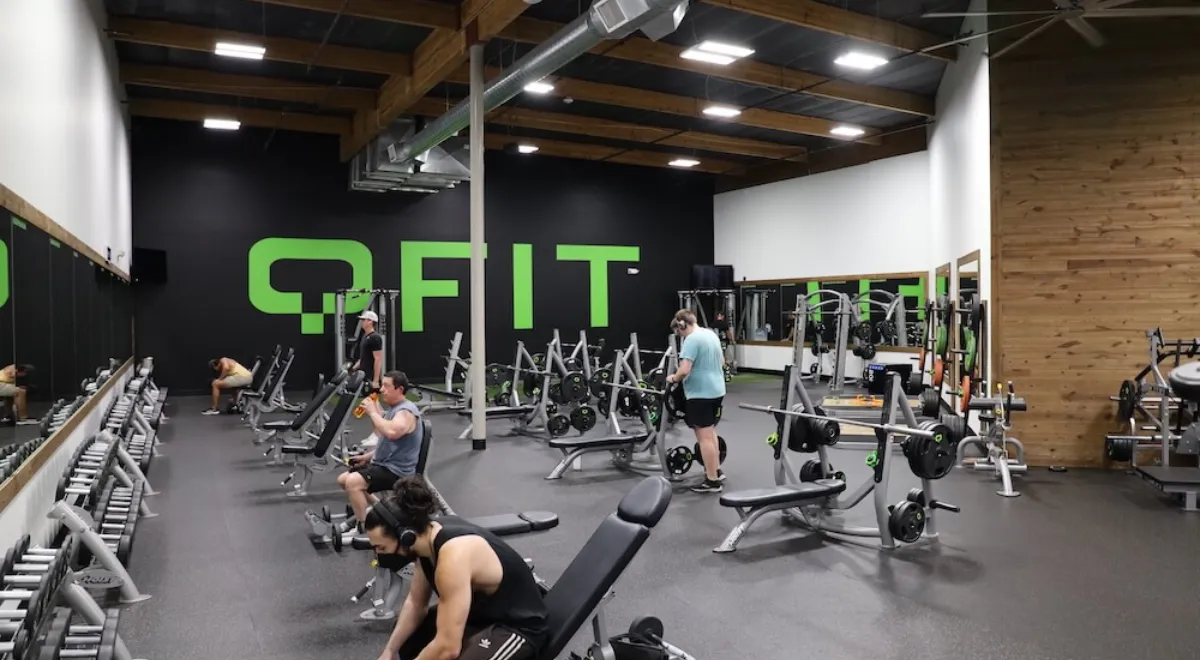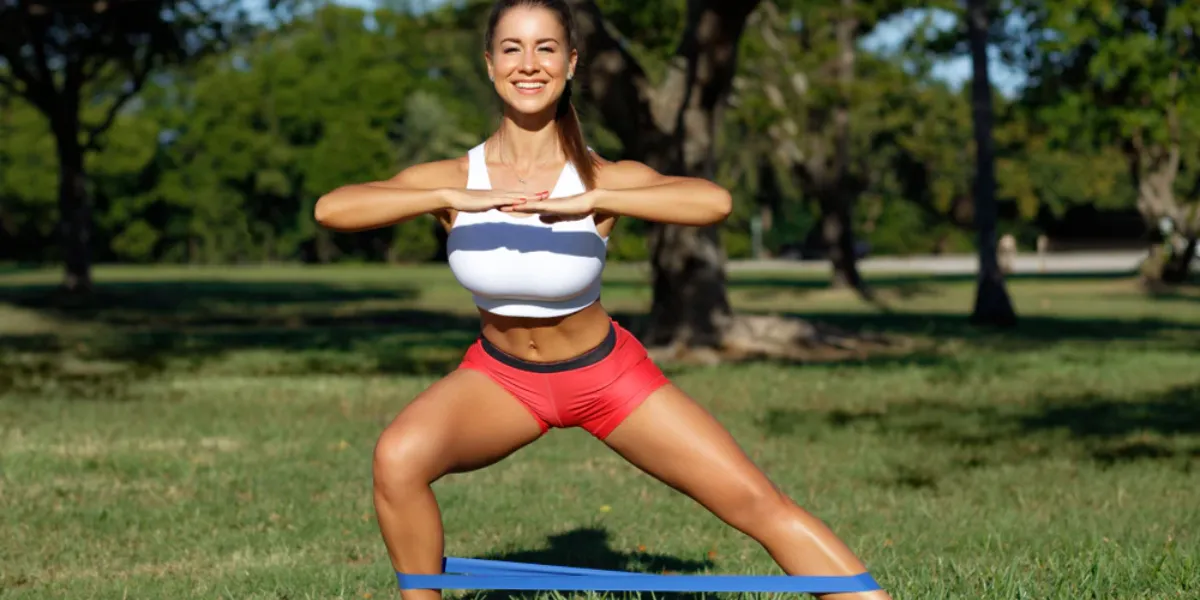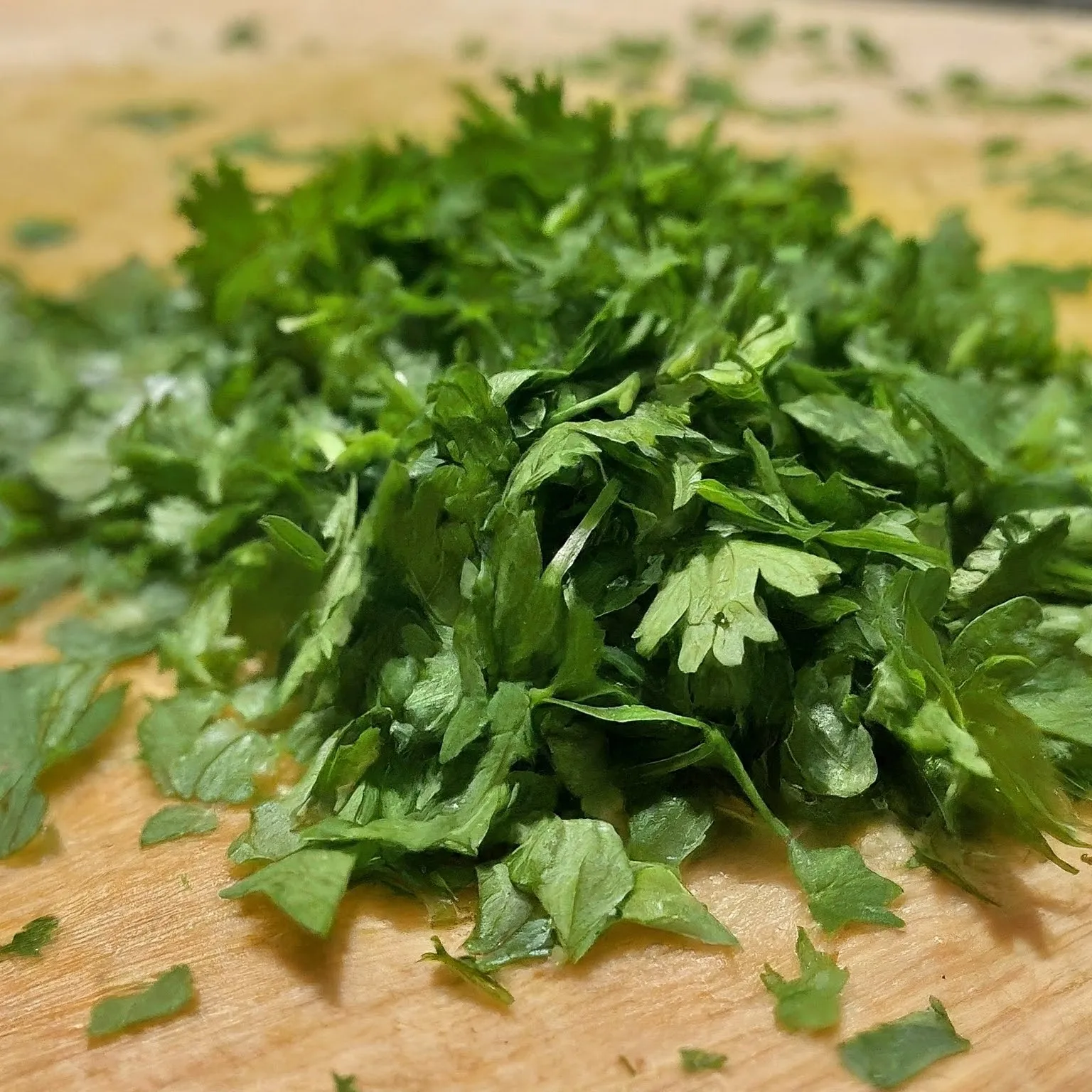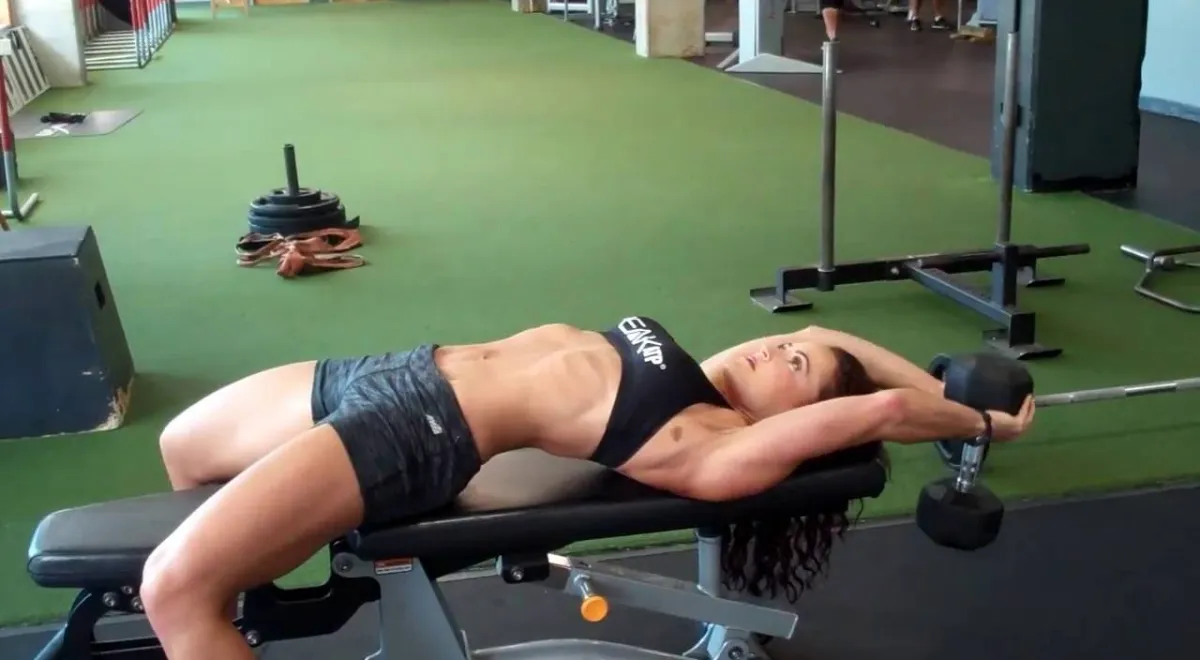The Bulgarian split squat, also known as the rear elevated split squat, is a unilateral lower-body exercise that challenges your balance, stability, and strength. It’s a fantastic addition to any workout routine, targeting similar muscles to a traditional squat but with some key benefits.
This article dives deep into the split squat, guiding you through proper form, variations, benefits, and frequently asked questions.
Table of Contents
ToggleBenefits of the Bulgarian Split Squat
The Bulgarian split squat offers a variety of advantages for fitness enthusiasts:
- Unilateral Training: By working one leg at a time, the Bulgarian split squat improves balance and stability, addressing any imbalances you might have between your right and left leg.
- Lower Body Strength: This exercise targets your quads, glutes, hamstrings, and calves, building overall lower body strength.
- Reduced Lower Back Stress: Compared to traditional squats, the Bulgarian split squat puts less pressure on your lower back, making it a great option for those with back pain or injuries.
- Improved Core Engagement: Maintaining a stable torso throughout the movement strengthens your core muscles.
- Functional Strength: The unilateral nature of the exercise translates well to real-life movements like climbing stairs or lunging.
- Progression Tool: You can easily adjust the difficulty of the Bulgarian split squat by adding weight, changing the elevated surface height, or incorporating different tempos.
How to Do a Bulgarian Split Squat with Perfect Form
Here’s a step-by-step guide on performing a proper Bulgarian split squat:
- Find your setup: Stand in front of a sturdy bench, chair, or platform. You can use dumbbells, or a barbell, or perform the exercise bodyweight.
- Position your front leg: Step forward with one leg and place your foot flat on the floor. Keep your core engaged and maintain a tall posture.
- Extend your back leg: Extend your other leg behind you, resting the top of your foot on the elevated surface. The distance between your front leg and the bench will determine the difficulty of the exercise. Start with a larger distance for a more challenging variation.
- Lower yourself with control: Keeping your back straight and core engaged, lower your body down as if performing a regular squat with your front leg. Aim for a deep squat where your front knee bends to a 90-degree angle and your back knee nearly touches the ground.
- Push back to the starting position: Drive through your front heel to press back up to the starting position. Maintain a controlled movement throughout the rep.
- Repeat: Complete all your desired repetitions on one leg before switching to the other leg.
Here are some additional tips for proper form:
- Keep your front knee tracking in line with your toes throughout the movement.
- Avoid letting your torso lean forward excessively.
- Maintain a slight arch in your lower back during the squat.
- Breathe out as you push yourself back up to the starting position.
Variations of the Bulgarian Split Squat
As you get comfortable with the basic Bulgarian split squat, you can try some variations to increase the challenge or target different muscle groups:
- Weighted Bulgarian Split Squat: Hold dumbbells in each hand or a barbell across your back for added weight.
- Bulgarian Split Squat with Bulgarian Bag: Use a Bulgarian bag (a sand-filled duffel) resting on your shoulder for an unstable training stimulus.
- Bulgarian Split Squat with Pulse: After reaching the bottom of the squat, perform a small pulsing movement for a few seconds before pressing back up for an extra burn.
- Bulgarian Split Squat with Box Jump: Add a box jump at the top of the movement for an explosive variation.
- Bulgarian Split Squat with Goblet Hold: Hold a kettlebell or dumbbell at chest level for a different core engagement.
Comparison: Bulgarian Split Squat vs. Traditional Squat
| Feature | Bulgarian Split Squat | Traditional Squat |
|---|---|---|
| Movement Pattern | Unilateral | Bilateral |
| Balance and Stability | More challenging | More stable |
| Lower Back Stress | Less stress | Can put more stress on lower back |
| Core Engagement | High core engagement | Requires core engagement |
| Muscle Activation | Similar muscle groups targeted | Similar muscle groups targeted |
| Progression | Easier to progressively overload | Can be more challenging to progress |
drive_spreadsheetExport to Sheets
Who should choose which?
Both exercises are excellent for lower body development. The Bulgarian split squat is a fantastic choice for those who want to address imbalances, improve balance and stability, or have lower back limitations. Traditional squats remain a staple exercise for building overall lower body strength, but proper form is crucial to avoid back pain.

FAQs About the Bulgarian Split Squat
Here are answers to some frequently asked questions about the Bulgarian split squat:
- How many sets and reps should I perform?
A good starting point for beginners is 2-3 sets of 8-12 repetitions per leg. As you get stronger, you can increase the sets, and reps, or add weight.
- What if I don’t have a bench or platform?
You can perform the Bulgarian split squat with your back leg elevated on a sturdy chair or even a stack of books.
- My knees hurt when I do Bulgarian split squats. What should I do?
Ensure proper form, especially focusing on keeping your front knee tracking in line with your toes. If pain persists, consult a healthcare professional before continuing.
- Can I perform the Bulgarian split squat with a bad knee?
The unilateral nature can be beneficial for knee rehab, but it’s crucial to consult a physical therapist before starting this exercise if you have a knee injury.
- Is it okay if my back knee touches the ground during the movement?
Yes, it’s perfectly acceptable for your back knee to graze the ground as long as you maintain control throughout the movement.
- Should I hold my breath during the exercise?
No, avoid holding your breath. Breathe out as you push yourself back up to the starting position and breathe in as you lower yourself down.
- What are some common mistakes to avoid?
- Leaning your torso forward excessively.
- Letting your front knee cave inward.
- Not engaging your core.
- Using too much weight before mastering proper form.
- Can I incorporate the Bulgarian split squat into a home workout routine?
Absolutely! The Bulgarian split squat is a versatile exercise that can be done with minimal equipment, making it perfect for home workouts.
- Are there any alternatives to the Bulgarian split squat?
If you find the Bulgarian split squat too challenging, some alternatives include lunges, bodyweight squats, or step-ups.
Conclusion
The Bulgarian split squat is a valuable addition to your leg training routine. It offers a variety of benefits, from improved balance and stability to increased lower body strength. By mastering proper form and incorporating variations, you can elevate your workouts and achieve your fitness goals. Remember to start slow, listen to your body, and gradually increase the difficulty as you get stronger.













